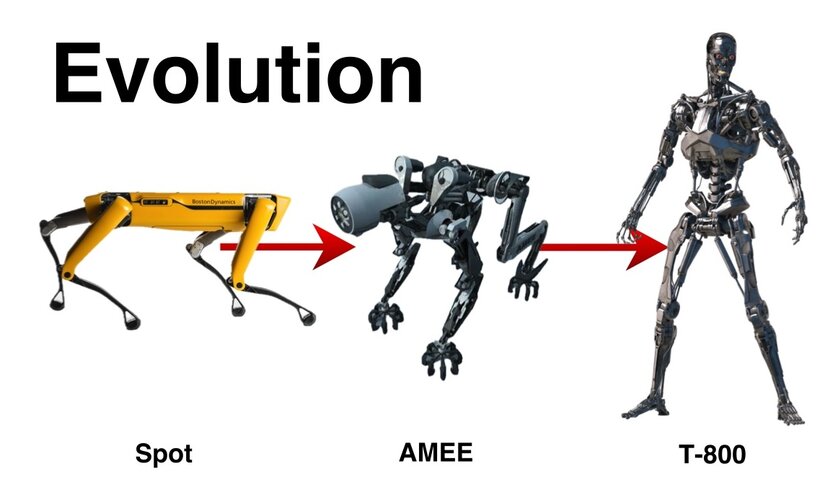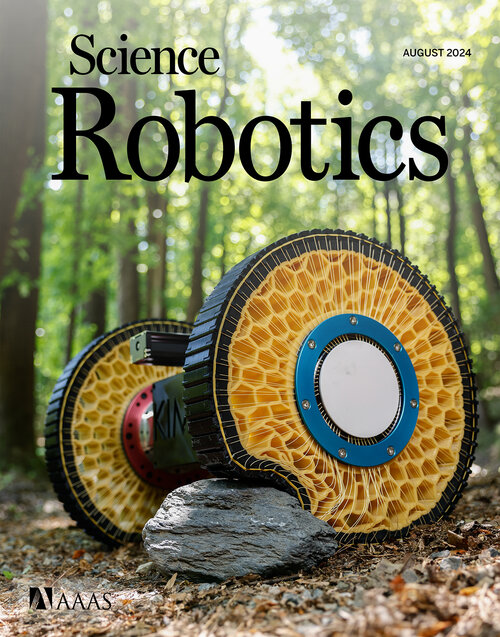Still slower than Fido

 techxplore.com
techxplore.com
Look out

 techxplore.com
techxplore.com

 phys.org
phys.org

 techxplore.com
techxplore.com

 medicalxpress.com
medicalxpress.com

 techxplore.com
techxplore.com
Sub-aquatic drones?

 techxplore.com
techxplore.com

Why can't robots outrun animals?
Robotics engineers have worked for decades and invested many millions of research dollars in attempts to create a robot that can walk or run as well as an animal. And yet, it remains the case that many animals are capable of feats that would be impossible for robots that exist today.
Look out

Study explores why human-inspired machines can be perceived as eerie
Artificial intelligence (AI) algorithms and robots are becoming increasingly advanced, exhibiting capabilities that vaguely resemble those of humans. The growing similarities between AIs and humans could ultimately bring users to attribute human feelings, experiences, thoughts, and sensations to...

Automated machine learning robot unlocks new potential for genetics research
University of Minnesota Twin Cities researchers have constructed a robot that uses machine learning to fully automate a complicated microinjection process used in genetic research.

Built-in bionic computing: Researchers develop method to control pneumatic artificial muscles
Creating robots to safely aid disaster victims is one challenge; executing flexible robot control that takes advantage of the material's softness is another. The use of pliable soft materials to collaborate with humans and work in disaster areas has drawn much recent attention. However...

Robotic nerve 'cuffs' could help treat a range of neurological conditions
Researchers have developed tiny, flexible devices that can wrap around individual nerve fibers without damaging them.

People, not design features, make a robot social
It takes a village to nurture social robots. Researchers who develop social robots—ones that people interact with—focus too much on design features and not enough on sociological factors, like human-to-human interactions, the contexts where they happen, and cultural norms involving robots...
Sub-aquatic drones?

Underwater robot pioneers new energy-efficient buoyancy control
A remotely operated underwater robot built by a team of Rice University engineering students pioneers a new way to control buoyancy via water-splitting fuel cells. The device, designed and constructed at the Oshman Engineering Design Kitchen over the course of a year-long senior design capstone...






























































































































































































